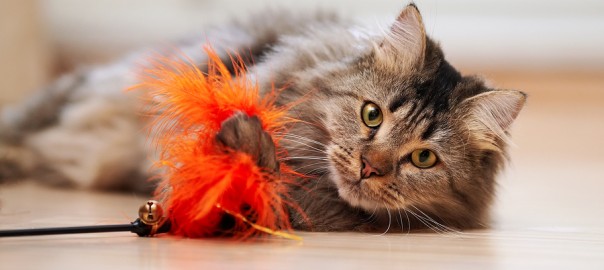I think every veterinarian who is in the public eye gets these types of emails all the time: the ones that ask for our help, but when we give our expert opinion that the pet needs some tests run, respond that we’re just trying to rip them off.
How exactly I can be ripping them off by suggesting they get tests done by their own veterinarian is a mystery to me, but it happens all the time.
How, I understand some pet owners who write to me are willing to get diagnostic tests but can’t afford them. I try my best to connect them with resources to assist, and I never judge those owners, who often don’t have enough to keep themselves warm in the winter, let alone to pay for expensive veterinary care. If I can help (which I can’t always), I do.
But some people are just bound and determined to resist getting diagnostic tests done, and seem to think we should be able to diagnose their pets with x-ray vision and psychic superpowers — preferably for free. This post is for you, even though it’s not about one of you!
No, this is about the third and largest category of pet owner who writes to me, who is confused by the information they’ve received about their pet, and not sure what to do next. Sometimes they’ve lost faith in their veterinarian, sometimes their veterinarian has confessed herself stumped. Whatever the reason, they turn to me for information.
I can’t even begin to answer all such emails I get, but I try to help when I can. And usually, I send my replies off into the universe and never know if they helped, or how the pet did. It can be a little demoralizing!
And then comes an email like the one I got a couple of months ago.
It all began when the owner of a senior miniature Poodle wrote because he was experiencing digestive problems and refusing to drink — so much so he was suffering from dehydration.
I asked what exams and tests had been done, and learned he’d had regular care, but this seemed to be a case where her vet waws stumped. I also found out her dog was currently in the local veterinary emergency hospital. His owner wanted to know what to do next.
I suggested she contact a nearby veterinary teaching hospital, which she said she’d do.
And then I heard nothing for 11 months, until at the very end of last year, I got this email (used here with her permission, and all identifying information removed):
It has been nearly a year since I first contacted you with concerns about my miniature Poodle. I wanted to give you an update as it has been a pretty eventful year.
I finally had an ultrasound done at my regular vet in May and they discovered a mass on his adrenal gland. They referred me to NC State Veterinary school. They were surprised at how active he was for being 13 years old. They determined that the mass was an invasive one and an adrenalectomy was his best chance.
The first week of June he went in for the surgery. The mass was a Pheochromacytoma that had completely taken over his left adrenal gland. During surgery they found another mass, which they removed but determined it was just a benign fatty tumor. He stayed two days and did so well in recovery he was able to come home!
Since then he has been fantastic. He learned to like his water fountain and no longer drinks from the tub. He has only had two colitis flare ups in the past 6 months, much fewer than any other time. He is an active, healthy, happy little guy and I am much less stressed. He is still on z/d food and I bake his wet food to make treats. I use the dry food in a couple of puzzle balls that keep him busy while I am at work. I am so happy that he is doing so well.
Thank you for your advice and well wishes!
There are two takeaways I hope you, well, take away from this!
One, if you can, seek help from a veterinary teaching hospital sooner rather than later, and don’t dismiss the value of diagnostic testing.
Two, if you ask me for help and I offer it, please let me know how your pet did? This email made my month!
[poll id=”3″]




